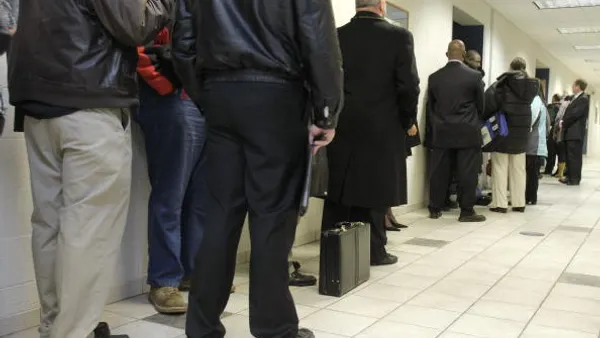Robin DiAngelo, a consultant and educator, coined the term White Fragility. Her book, "White Fragility: Why It’s So Hard For White People To Talk About Racism" debuted on the New York Times Bestseller List where it remained for more than three years. Her follow up book, "Nice Racism: How Progressive White People Perpetuate Racial Harm," was released last year. Views are the author's own.
Following the videotaped police murder of George Floyd in the summer of 2020, a global reckoning in race relations took place. Concepts such as systemic racism and white supremacy were taken up in mainstream discourse. Corporations and other organizations professed a commitment to anti-racism and rewrote mission statements. More white people began to see that racism operates well beyond the individual or personal level, and is woven into the fabric of society. Predictably, however, much of that activism among white Americans and those workplace initiatives have faded.
In her study of workplace diversity programs, sociologist Ellen Berrey argues that diversity is a form of symbolic politics that emerged to reconcile a contradiction: It is undesirable for liberal institutions to be portrayed as "racist," but at the same time institutional elites have no desire to change existing power structures. While these programs affirm the importance of diversity, they steadfastly resist meaningful cultural and programmatic change.
Illustrating Berry's point, organizations engage in what I term "diversity cover," in which they make people of color highly visible. They may be continually asked to appear in photos in order to make the organization appear more diverse than it is, invited to sit on every committee so that the committee "has diversity," or asked to handle anything in the organization related to diversity work. This places a great burden on the person of color while also reinforcing many problematic dynamics, such as the continual reduction of people of color to their race, the perception that people of color represent their race (but white people do not) and the idea that racial or multicultural issues are the domain of people of color, but "normal" issues are the domain of white people.
More companies are now offering racial equity training and can tick off that box, but this training must be supported and sustained to have any meaningful impact.

Robin DiAngelo
Speaker title
When people of color do sit on committees, they are in the awkward position of having to represent the "racial perspective," while white people are not often asked to represent the "white perspective." In result, white people are granted individuality, while people of color are not. Further, while there is great diversity within and between groups of color and representing them all is impossible, white people are often satisfied with just one "representative." Yet all too often, the perspectives of that lone representative are neither heard or validated, especially if unfamiliar or threatening to the status quo, and rarely do white people attend to the racial dynamics inevitably playing out in the group or ask how the experience is going for the "diversity" person.
Author Ibram X. Kendi states that there are only two overall ways to explain the persistent racial inequality between white people and people of color: either white people are superior, or racism is systemic. Finally, more white Americans are answering with the latter, understanding that while everyone has bias and everyone discriminates, the bias of those who control the institutions is backed with legal authority and institutional power.
This is the critical element that differentiates individual racial prejudice and discrimination from systemic racism — the historical accumulation and ongoing use of institutional power and authority to support that prejudice and to enact discriminatory behaviors across the whole of society. Since the founding of the U.S. those who control the institutions have been and continue to be overwhelmingly white. This awareness has moved many white people from asking if we are part of systemic racism to how we are part of it.
In recognition of systemic racism, more companies are now offering racial equity training and can tick off that box, but this training must be supported and sustained to have any meaningful impact. When it is not followed with ongoing education and resources, attendees may feel momentarily inspired to get involved, but the pressure to not name racism — and the rewards that go with that pressure — is powerful. The work of racial justice must be sustained, for falling back into the comfort of the status quo is seductive.
In "Nice Racism," I draw on my background as a sociologist to identify common white racial patterns, break down how well-intentioned white people inadvertently perpetuate racial harm and challenge the simplistic idea that racism consists of occasional and isolated acts of intentional meanness.
Sharing candidly about my own missteps and struggles as a white person, I hope to model a path forward, encouraging white readers — especially those who claim to be for racial justice — to continually face our complicity and embrace courage, lifelong commitment and accountability.












